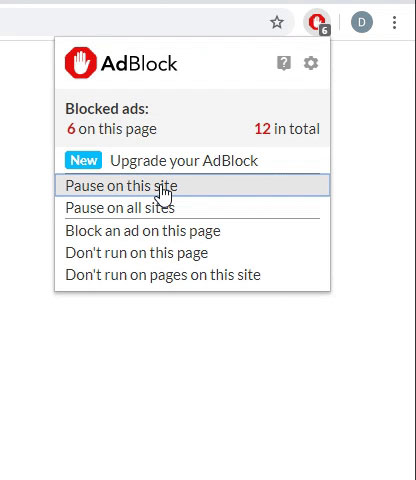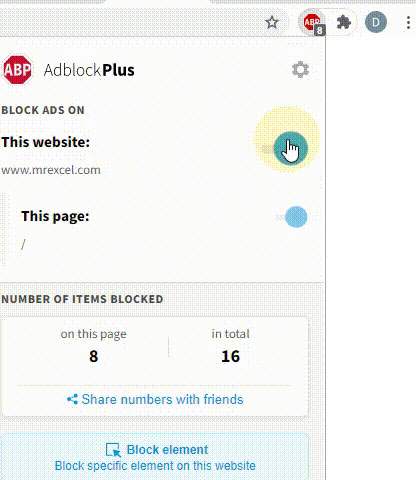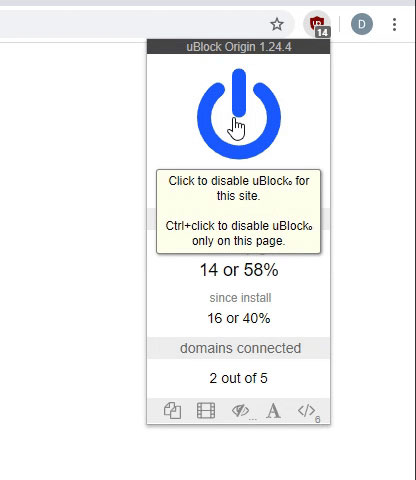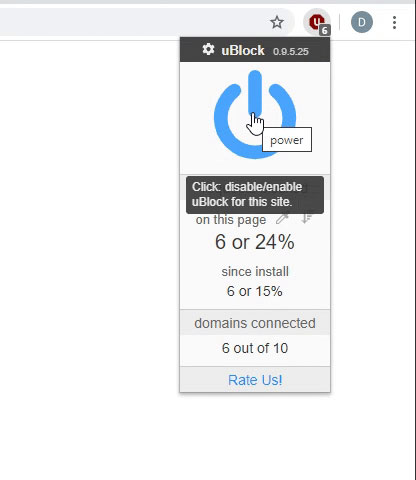Hi All,
I need help from anyone who has done this before or can easily help me....
Basically I inherited a Excel Workbook which has 128 different tabs, unsurprising this is almost impossible to manage.
My requirement is to merge all of the 128 tabs into 1 tab 'Sheet1'.
The macro should keep going even if there are blanks, it should move onto the next tab only when there are over 10 consecutive blanks in Column B.
I have tried searching the forum but nothing seems to cater for the specifics of this case. I would really appreciate some help. I mean really, i am in a mad panic thinking i will have to do 128 tabs manually otherwise.
Thanks, Darren
I need help from anyone who has done this before or can easily help me....
Basically I inherited a Excel Workbook which has 128 different tabs, unsurprising this is almost impossible to manage.
My requirement is to merge all of the 128 tabs into 1 tab 'Sheet1'.
The macro should keep going even if there are blanks, it should move onto the next tab only when there are over 10 consecutive blanks in Column B.
I have tried searching the forum but nothing seems to cater for the specifics of this case. I would really appreciate some help. I mean really, i am in a mad panic thinking i will have to do 128 tabs manually otherwise.
Thanks, Darren





